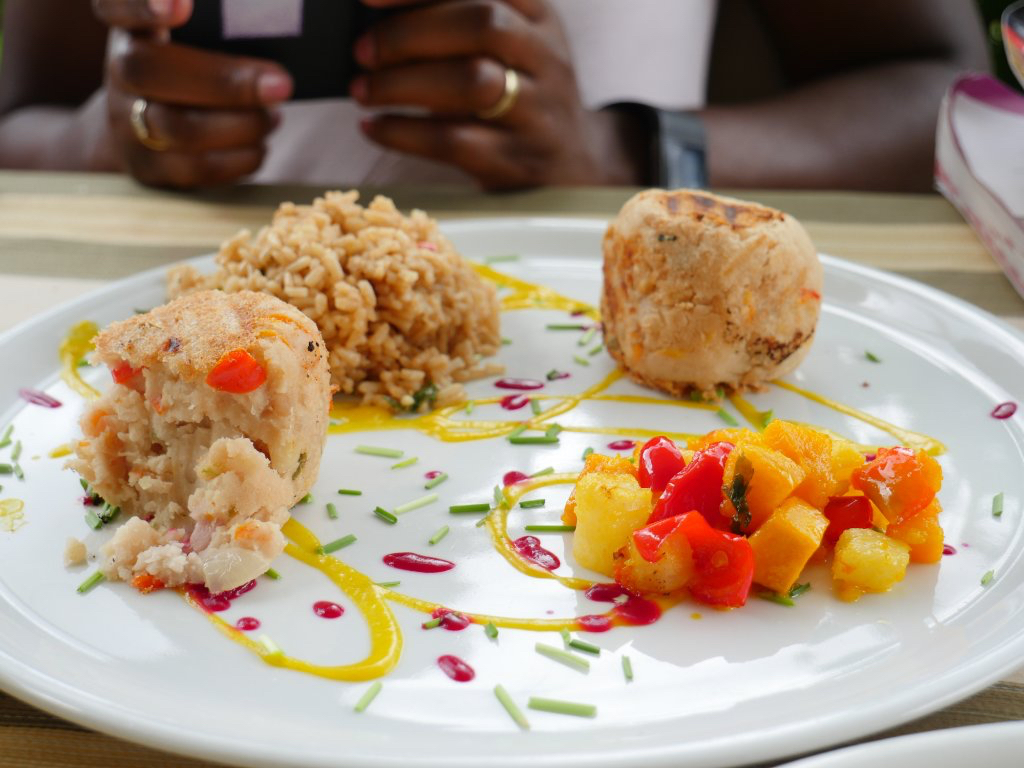Charming Cuban Cuisine
Cuban cuisine is a mixture of different elements, which includes Spanish, African, and Caribbean influences. Some recipes for a Cuban dish may employ Spanish recipes combined with African cooking technique; while at the same time incorporate some Caribbean influences in spice and flavors. Chinese influences can also be observed especially in dishes found in the Havana area. In addition, one can even trace it all back to Italian root.
During its time as a Spanish colony, Spaniards living in the area brought also their culinary traditions, making it the first attempt at amalgamation of culinary aspects of both worlds. This is also why Spanish cuisine plays a big role in reforming Cuban culinary scene. The French colonist came to Cuba from Haiti while African slaves came to Cuba with their cooking traditions.
Cuban cuisine is rich in seafood elements due to the fact that the country is an island in form; this element is found in many dishes in Cuba. The country’s climate also plays a role in shaping its culinary background. Being in a tropical climate, fruits and root vegetables can be found in many Cuban meals. Rice and beans are common staples, cooked either apart or together. Cooked separately, the meal is refered to as “arroz con frijoles”. Cooked together, it is known as “Moros y Cristianos” or simply “Moros” or “congri”. A Cuban sandwich is a popular lunch item, known locally as a mixto. The sandwich emerged in the late 1800s and quickly spread among Cuban American communities.

A typical Cuban sandwich consists of a base of Cuban bread that has been lightly buttered. The bread is cut in half and then filled with Serrano ham/thinly sliced, Swiss cheese, roast pork/sliced, dill pickles, and yellow mustard. Genoa salami is added to the recipe for Cuban sandwich found in Tampa, Florida complimenting other meats. This element finds its way into the recipe thanks to Italian immigrants living next to Cubans and Spaniards in Ybor City. In many restaurants, the recipe also incorporates tomatoes and lettuce. Still, the inclusion of both veggies is considered an attempt at the Americanization of the sandwich recipe by traditionalists, who take it as something unacceptable. Once all the components are assembled, the Cuban sandwich should be pressed in a plancha, a grill of Panini type that is grooveless. The grill then heats and compresses the sandwich all at the same time.



